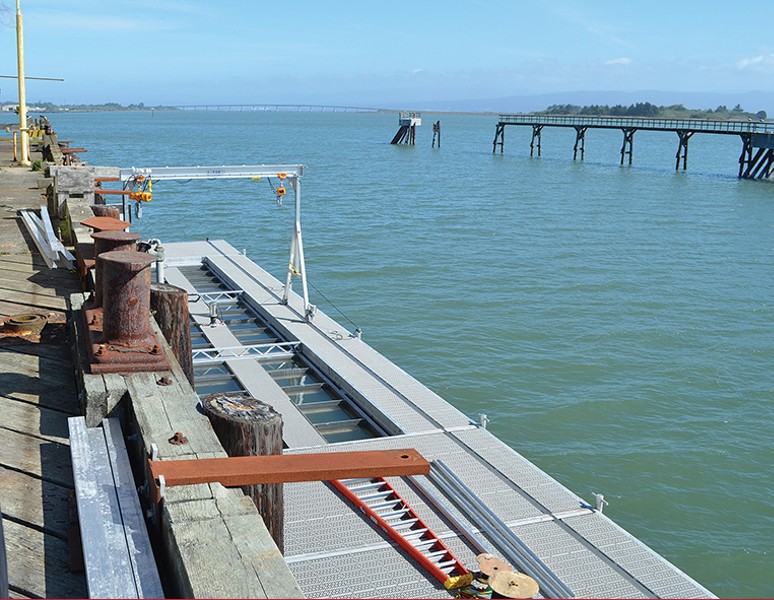Views
Earth Day: How Will California Protect Humboldt Bay from Worst Sea Level Rise on the West Coast?






I live just a mile from the edge of Humboldt Bay in Northern California, the location of the most rapid sea level rise along the West Coast.
The accelerated change is due to tectonic activity, which is causing the ground around and under the bay to sink at the same rate the sea level is rising.
“Furthermore, much of the land surrounding Humboldt Bay is former marshland, which is more susceptible to inundation,” Stephen Kullmann, a commissioner with the Humboldt Bay Harbor, Recreation, and Conservation District, explained.
That means the area’s ocean levels are rising twice as fast as the rest of the Californian Coast. According to the California Ocean Protection Council, the sea level in the Humboldt Bay region will rise as much as a foot by 2030, two by 2050, and three by 2060.
To make matters worse, there’s a storage site holding 37 tons of nuclear waste at Humboldt Bay that would be exposed to salt water intrusion and wave erosion, which could leak toxic chemicals into the water. A Humboldt County Civil Grand Jury investigation cited that sea level rise threatens 9.6 miles of water transmission lines, 30 electrical transmission towers, contaminated former pulp mills, 52 Wiyot tribe cultural sites, and the road to the town King Salmon, where the nuclear waste site is located. Additionally, the six-mile stretch of Highway 101 that’s critical for transit between the cities of Arcata and Eureka will regularly flood by 2030.
The issue of rapid sea level rise in Humboldt Bay extends beyond our local community to all of California. We will be some of the first to experiment with adaptive planning for climate change, and could model solutions for other communities.
“The state has learned a lot from Humboldt about sea level rise already, including the fact that sea level rise is relative,” said Jennifer Marlow, a Cal Poly Humboldt assistant professor of Environmental Law. She explained that “sea level rise is testing the ability of communities across the state to confront sea level rise issues locally but also in ways that don’t displace issues elsewhere.”
Collaborative action must be taken to adapt to the consequences of sea level rise. The Coastal Commision, CalTrans, Humboldt County, local city governments and the state government share responsibility for addressing the rising waters of our bay.
Nature-based solutions could include restoring natural wetlands and dunes, which were filled in over a century ago by European colonizers for farming. They can act as natural sponges for flooding and soak up water from increasing tides. Building channels to drain the bay of water to other areas, modeled by the Elk River Estuary Enhancement Project, which channeled water from the Elk River to former pastureland, is another strategy.
“Habitat conservation is a nature-based solution to sea level rise that can also provide opportunities for environmental justice and Indigenous land return,” said Adam Canter, co-chair of Cal Poly Humboldt Sea Level Rise Institute and Tribal Natural/Resource Director.
Other strategic plans must include infrastructure movement, relocating the nuclear waste, moving part of the highway inland, elevating bridges and more. If we don’t act now, climate change will impact my local community in ways that will be difficult and maybe impossible to recover from.
It’s clear that collaborative action is needed immediately – and hopefully in 20 years, I’ll still be able to get home.
Comments